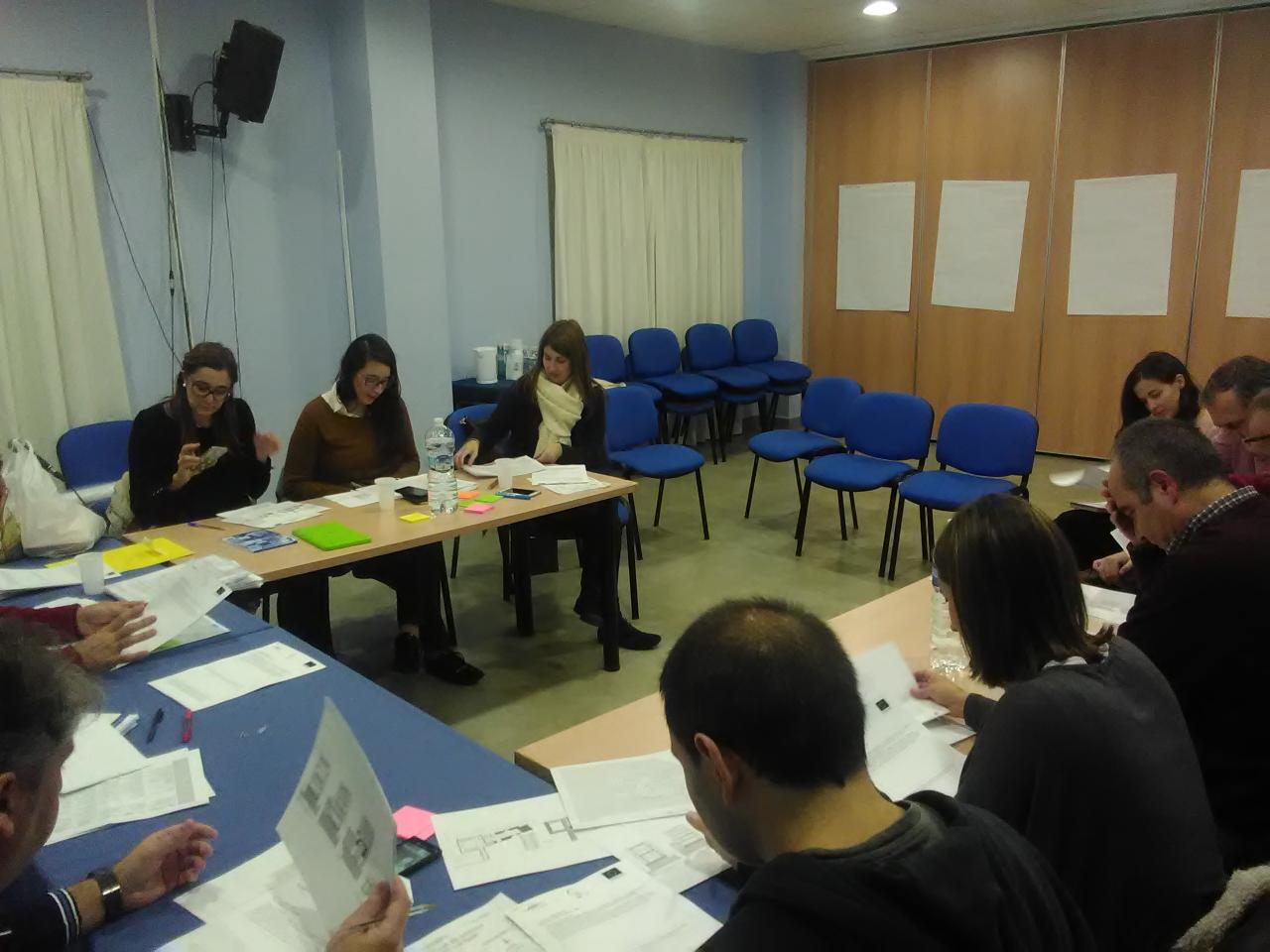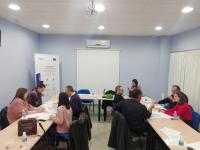
Implementation Networks (IN) are a new initiative within the URBACT Program, joining European cities involved in the implementation phase of their local urban plans. The particular features existing in this step predetermine the conditions around all dimensions included in their performance. One important topic in this process is how an efficient participatory approach should be promoted, according the URBACT method recommendation.
The URBACT Program has delivered a set of guidelines to facilitate the achievement of challenges in which the cities are facing. One of these is named "Maintaining involvement of local stakeholders and organizing decision-making for implementation". Some headlines can be extracted from this document. The first one is related to the distinction between two specific objectives, aimed at reaching an effective involvement of local stakeholders and to organize a suitable decision-making procedure during the implementation.
Taking into account that a stakeholder is a broad term, a more detailed distinction should be developed, separating actors according to their different interests or roles (political /project officers, community, citizens, ONGs, business representatives...). A clear separation between stakeholders and delivery partners is consequentially recommended.
Governance for delivery is the second aim to be achieved, creating an adequate structure, addressing aspects such as direction, tracking progress, managing risks, corrective actions, management, and communication..., in the frame of a Results Framework context.

Reviewing the ULGs performance in the INT-HERIT network
Aware of the importance of the participatory approach in the URBACT Program, the INT-HERIT network of cities has promoted an analysis session about how the launching and implementing of those is going. We would like to share some reflections expressed during this session.
On the one hand it is interesting to highlight the different role and characteristics that local groups can play in the different types of existing networks within the framework of the URBACT Program. So while in the Action Planning Network a creative and exploratory role could be underlined in order to create realistic and balanced plans, in the Transfer Network an expansive but flexible and innovative character would be the most useful for an active group in the transfer proposal that best suits each city, while the role of the local group in the Implementation Network would be closer to a movement of attentive concentration aimed at focusing attention on the task of monitoring and control of effective implementation of the plans.
The reflection shared by the partners of INT-HERIT emphasizes among the capacities to promote in the bosom of these local groups involved in implementation networks, the skills in the use of technical tools, skills of analysis and decision making, effective management of adjustments in relation to the initially planned actions …
The recommended profiles in terms of the size and composition of the groups suggest small core groups from different sectors, while the presence of those responsible for the conservation and restoration of heritage is highlighted along with those responsible for economic and social revitalization and entrepreneurs.
Partners found out that in an implementation Network setting up and running the ULG requires a different approach regarding the APN’s. There are multiple recommendations during this first year of networking. Here are some of them:
|
Implementation Network ULG’s vs Action Plan Network ULG’s |
|
| Setting Up |
|
|
|
|
|
|
|
|
|
| Running |
|
|
|
|
|
|
|
|
|
|
|
|
Capture Knowledge |
|
|
|
|
|
|
|
The still experimental steps of this type of groups that are acting in this network of nine small European cities explain the irregular number of meetings held over a year, varying between two and ten, depending on the nature and function of the same, although if it shows a more constant number of participants, around fifteen.
INT-HERIT hopes to be, together with the other active implementation networks within the framework of the URBACT Program, a useful field for testing the adaptation of a participatory proposal in this specific moment of urban sustainable strategies, which is implementation.

